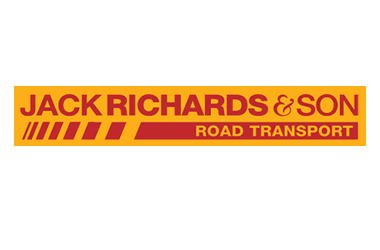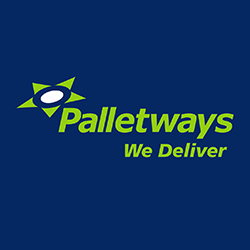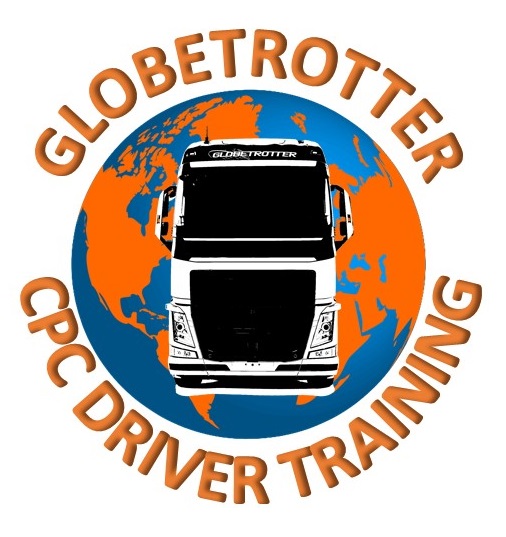Safe Working Practices (SWP's)
Let's be honest with ourselves, engaging the workforce with anything related to Health & Safety can be a bit of challenge.

Overcome this challenge by displaying SWP's to your workforce using our interactive online delivery method. SWP's can be timed, programmed and targeted to specific workers directly by your nominated individual who can have direct control over the process.
Feel free to take a look at the sample following the list of some of the 80+ current available SWP's.
We will always be updating existing SWP's and installing new ones upon request.
The purpose of a safe work procedure (SWP) is to reduce the risk to health and safety in the workplace and reduce the likelihood of an injury by ensuring that employees know how to work safely when carrying out the tasks involved in their jobs.
Workplace safety is very important for each and every employee in the Transport Sector because all the workers desire to work in a safe and protected environment. Health and safety is the key factor for all industries in order to promote the wellness of both employees and employers.



